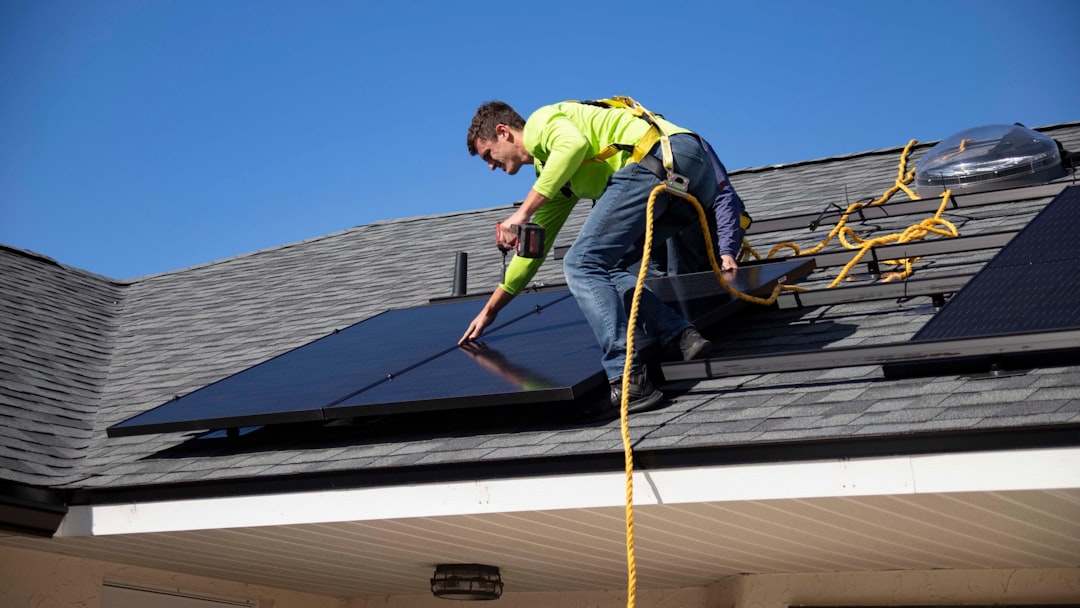
Electricity rates in Massachusetts rank among the highest in the nation. Add Boston’s ambitious climate-action goals and generous state incentives, and it is no surprise that “solar install Boston” has become a breakout search term for residential construction projects. Yet homeowners still worry about paperwork, payback timelines, and construction disruption. That is where CountBricks steps in. Our AI-driven estimating platform turns a confusing process into a predictable, data-backed investment.
• Net metering remains available for most single-family roofs, allowing homeowners to credit excess production at retail rates
• The state’s Residential Renewable Energy Income Tax Credit currently refunds up to $1,000
• SMART incentives offer per-kilowatt-hour payments for 10 years, boosting ROI
• Federal Investment Tax Credit sits at 30 % through 2032
These overlapping programs mean a properly sized 6 kW system in Boston can achieve payback in as little as 5–7 years. Accurate sizing and cost control are critical—CountBricks delivers both in real time.
Our estimator joins you on a live call. While you describe roof orientation, shading, and desired offset, CountBricks AI transcribes and converts each detail into quantified tasks and materials.
Upload your roof plan or simply share an address. CountBricks automatically pulls satellite imagery, measures roof area, tilt, and azimuth, and flags obstructions such as chimneys or dormers. Within seconds you see panel counts, rail length, inverter specs, and racking hardware—no manual markup required.
• Material costs update nightly from our supplier network
• Labor rates reflect current Boston trade averages and prevailing wage rules
• Permitting, interconnection, and inspection fees are auto-calculated by ZIP code
The result is a line-item estimate accurate to within 2 %—all before a truck rolls.
Many Boston homeowners pair solar with roof replacements, dormer additions, or energy-efficiency upgrades. CountBricks’ multi-trade database lets us merge scopes in a single proposal. Whether you are adding an EV charger or insulating the attic, our platform prevents scope gaps and double mobilization costs.
• Asphalt shingle tear-off and replacement
• Structural reinforcement for older triple-deckers
• Electrical panel upgrades to 200 A service
• Battery storage rough-ins for future resiliency
1. Panels & Optimizers: $10,800
2. Racking & Flashings: $1,950
3. Inverter & Monitoring: $1,650
4. Electrical Balance of System: $1,300
5. Labor (roof & electrical): $4,200
6. Permits & Inspections: $650
Total Before Incentives: $20,550
After state and federal incentives, net cost drops to roughly $13,300. CountBricks auto-applies every credit so you see true out-of-pocket figures.
Boston averages 48 inches of snow, but solar arrays shed light snow quickly. Our designs assume a conservative 88 % production factor to ensure your projected savings hold even in harsh winters.
Yes. We preload district-specific application forms and design guidelines. You receive a permit set stamped for submission within 48 hours.
All CountBricks installs include cellular monitoring with lifetime access. Our dashboard alerts you—and us—if production ever deviates by more than 3 %.
• Slash pre-construction time from days to minutes
• Win more bids with professionally formatted PDF proposals branded to your firm
• Sync accepted quotes directly to CountBricks invoicing for seamless progress billing
• Access our vetted installer network when you need extra labor capacity
1. Book a zero-cost discovery call at CountBricks.com/consultation
2. Upload or request a roof measurement through CountBricks.com/services
3. Review your interactive estimate, tweak options, and e-sign the contract
From first call to permitted project in under a week—no guesswork, no hidden costs. That is the CountBricks advantage for every solar install Boston homeowner.

A 1902 three-family on Crescent Avenue required a roof overhaul and separate utility metering. The owner wanted solar to offset common-area loads but feared ballooning costs.
• AI takeoff identified 420 ft² of obstruction-free roof after dormer setbacks
• Real-time pricing compared shingle versus metal re-roofing in one click
• Electrical scope combined a 400 A service upgrade with three smart meters
• Final 9 kW array came in at $2.35/W after incentives—12 % below the owner’s budget
1. Combine scopes early: When roofing and solar share staging, savings average 8–12 %.
2. Leverage load diversity: Multi-family solar can pencil out faster by offsetting common-area HVAC and lighting.
3. Trust data, not guesses: CountBricks monitoring verified 9,950 kWh in year one—102 % of projection despite a snowy February.
• Time your install between March and November to avoid cold-weather asphalt shingle constraints
• Opt for black-frame, black-backsheet panels to satisfy historic district aesthetics
• Size the system for 90–110 % of annual usage; oversizing can dilute SMART payments
• Reserve conduit space for battery storage even if you defer purchase—retrofits cost 40 % more
• Track utility bill changes monthly; CountBricks analytics spot billing errors quickly
Ready to capitalize on Boston’s solar incentives? Visit CountBricks.com/portfolio to view recent installations, or schedule your discovery call at CountBricks.com/consultation. Our residential construction team will deliver a precise, actionable plan—so you can start saving and stop guessing.